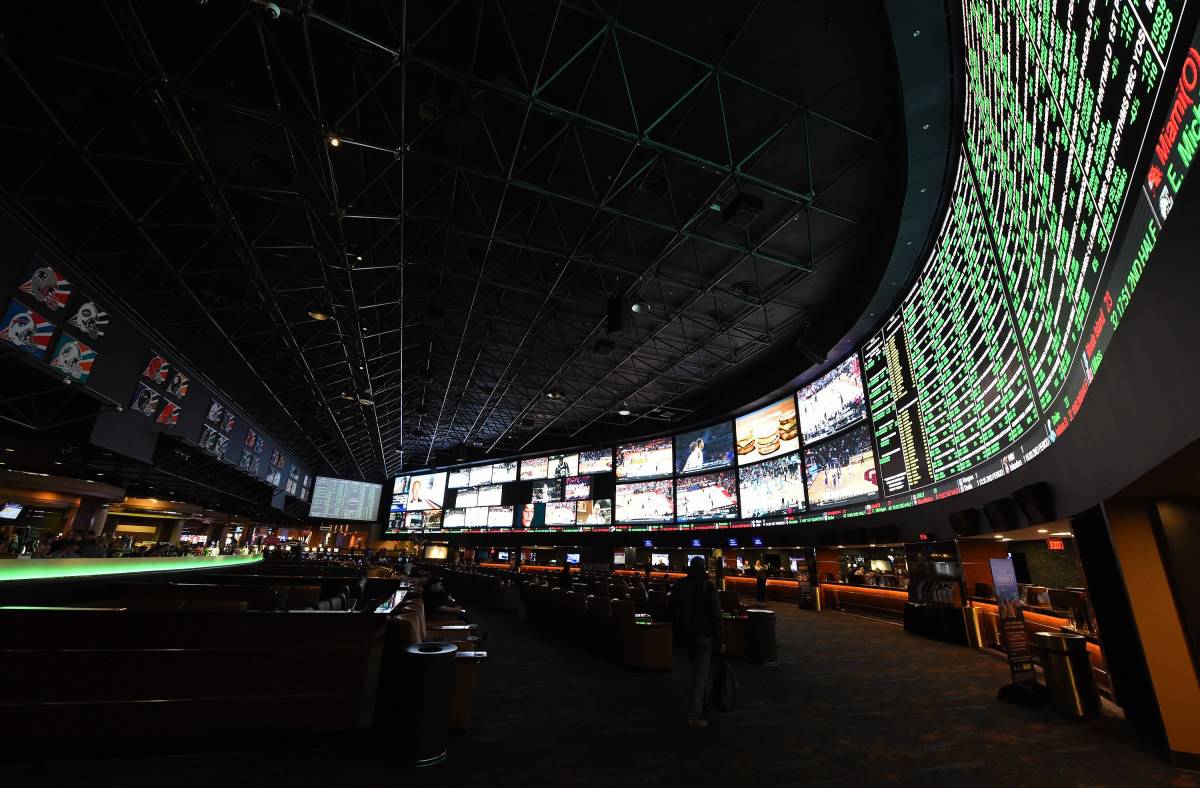
- Nevada Governor Steve Sisolak has signed a directive to allow casinos and other businesses to operate at 35% of capacity.
- Previously, most businesses were required to keep occupancy limited to 25% of capacity.
- Additional relief will come in mid-March when casinos will be allowed to operate at 50% capacity assuming COVID-19 infection rates continue to improve.
There may finally be some light at the end of the tunnel for the long suffering Nevada casino gaming industry. Governor Steve Sisolak has signed a directive that allows a number of business categories to increase their occupancy limit from 25% to 35%. Casino gaming floors are included in this directive as are many others such as indoor restaurants and bars, gyms, fitness and other health studios, bowling alleys and other recreational activities. Businesses in the food & beverage, hospitality, gaming and personal services industries have taken a severe hit from the COVID-19 pandemic.
On Monday, the state’s two week positivity rate–which measures the percentage of positive COVID-19 tests against all tests taken–dropped below 13% for the first time since mid-November. On Tuesday, it dropped another half point to 12.3%. The positivity rate in Nevada peaked at 39% on January 13 and 14 and has been dropping ever since. While no one is sounding the ‘all clear’ yet there is hope that as the rollout of vaccinations increases that these numbers will continue to improve. Clark County remained slightly higher than the state as a whole at 13.6%. This isn’t a huge surprise given the concentration of the state’s population in the county and the sparse populations of many rural counties.
The Las Vegas Review-Journal’s Bailey Schulz got some reaction to the occupancy rate increase from local gaming properties. Westgate spokesman Gordon Prouty told her that while the increased capacity is welcome they’re really looking forward to March 15 when occupancy limits will increase to 50%:
“While we expect to see some increases, the 50 percent occupancy cap will have a much more significant impact on our business property-wide.”
On Monday, however, the players on the Westgate casino floor didn’t suggest that restrictions had been eased with Prouty noting:
“We are not seeing a noticeable difference.”
Prouty said that at the Westgate the expectation is that the March 15 restriction relaxation will have the most immediate impact on the property’s restaurants:
“Edge Steakhouse, Fresco Italiano and Benihana have been regularly booked to capacity, so the increase should be immediate there.”
Here’s the detailed rundown on the capacity increases by date:
FEBRUARY 15:
Moving to 35 percent capacity limit (up from 25 percent): places of worship, gyms, fitness and other health studios, gaming floors, arcades, racetracks, bowling alleys, pool halls and similar activities. Restaurant and bar indoor capacities at 35 percent; no outdoor capacity limit.
Reservations no longer will be required; maximum patrons per table will rise from four to six.
Moving to 50 percent capacity: libraries, museums, art galleries, aquariums.
Public gatherings and events can increase to 100 individuals, or 35 percent of fire code capacity.
Venues eligible for large gatherings will be capped at 20 percent of total fixed seated capacity with strict social distancing requirements.
MARCH 15:
Businesses operating at 35 percent will be able to move to 50 percent capacity. Public gatherings will move to 250 people, or 50 percent capacity. Those were the limits before the state initiated its reopening “pause” last fall.
Remaining in place until May 1: Retail stores, indoor malls, community and recreational centers at 50 percent. Spas, massage establishments, hair salons, barbershops, nail salons and the like will continue to operate under strict social distancing requirements guided by applicable licensing boards.
Certain “high-risk businesses and activities” — adult entertainment establishment, nightclubs and day clubs, and brothels — will remain closed until at least May 1.
Assuming that COVID-19 trends continue their downward trajectory on May 1 mitigation management will return to local control. Specific statewide protocols will remain in effect, including mask mandates and other social distancing requirements.









